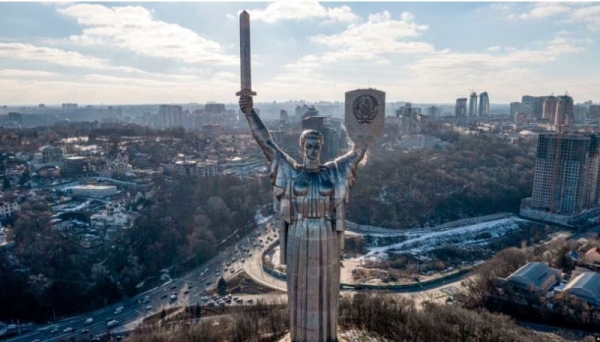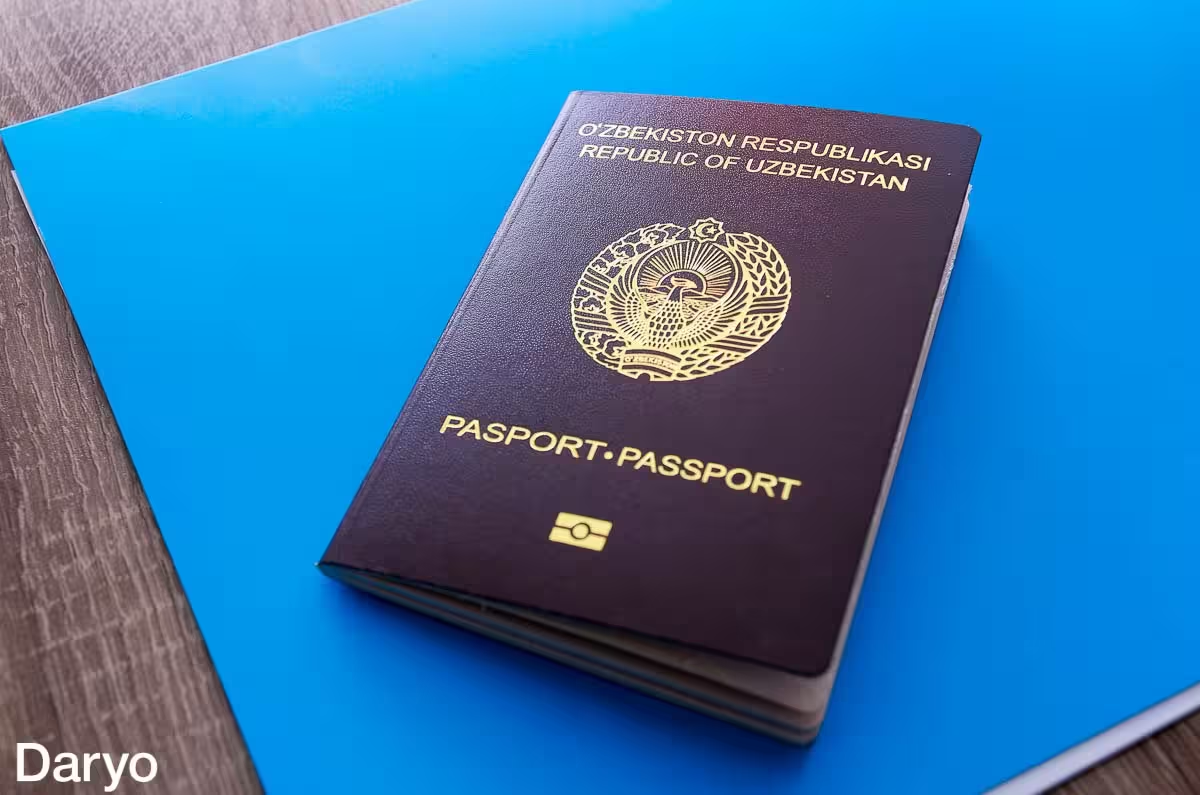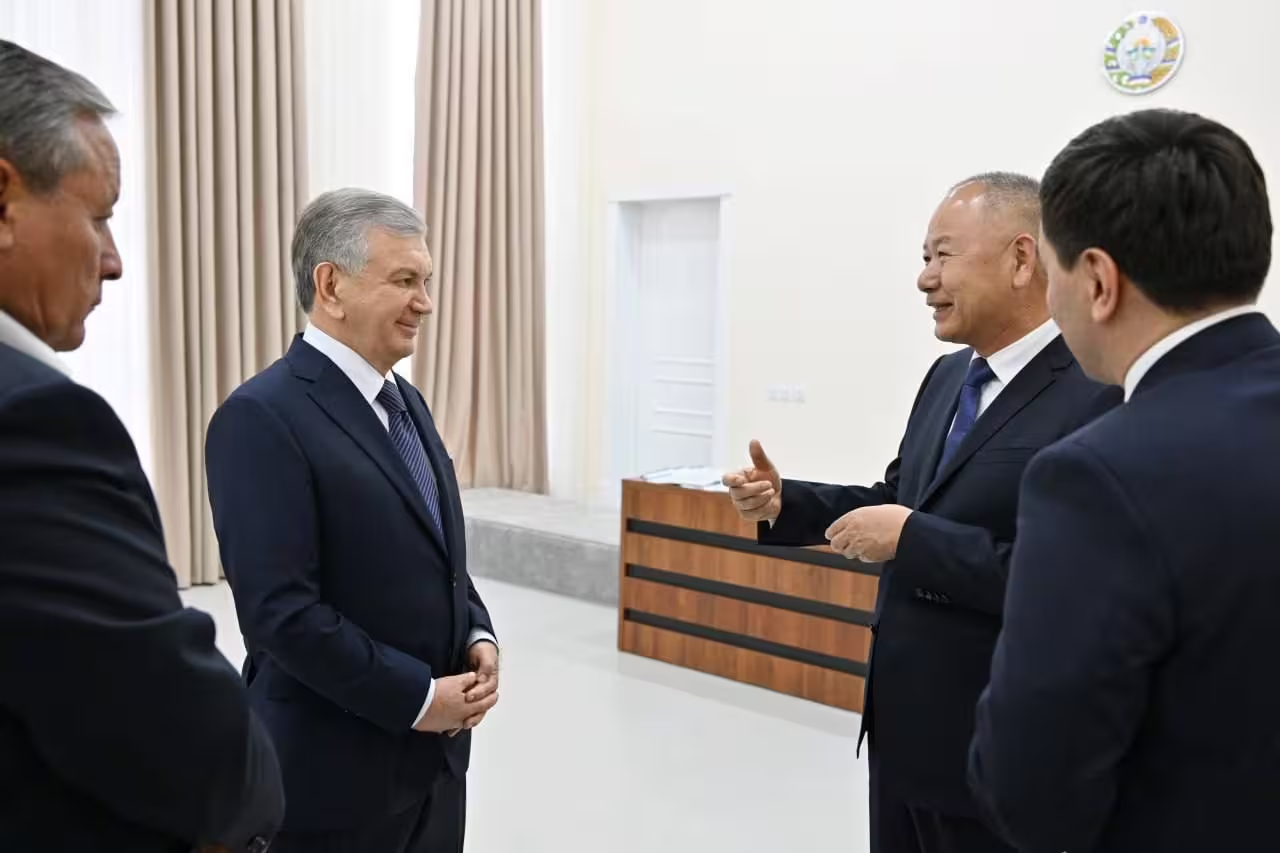
Central Asian countries are not interested in the continuation of the conflict in Ukraine, as they maintain close relations with both sides of the conflict, says international relations expert Muhammad Shamshutdinov, according to CABAR.asia. The war puts them under constant pressure and risks, although it also opens up some opportunities.
Interconnection between the conflict parties and central Asia
The Ukrainian crisis has directly impacted Central Asia. The military-political confrontation in Ukraine is accompanied by a trade-economic war. Central Asia, which has close economic ties with both Russia and Western countries, has found itself in a difficult position. For example, the trade turnover between the EU and Central Asia in 2022 amounted to $49 billion, making the EU the second-largest trading partner of the region, after China. In the same year, the USA entered the top four key trading partners of Central Asia with a turnover of $4.4 billion.
In terms of investment, Western countries hold leading positions in Central Asia. From 2012 to 2022, the EU invested $120 billion in Central Asia, accounting for more than 40% of direct foreign investment in the region, making it the largest investor. The total investment from the USA in Kazakhstan alone amounts to over $63 billion.
The G7 countries, which support Ukraine in its war against Russia, are also the main donors of humanitarian aid in the region.
As for economic relations between Central Asia and Russia, their deep interdependence must be noted. In 2022, the trade turnover between Russia and Central Asia amounted to over $42 billion, making Russia the third-largest trading partner of the region. The volume of accumulated investments in the region from 2015 to 2022 amounted to $25 billion. Of the 70,000 companies with foreign capital in Central Asia, about 25,000 or 36% are Russian (for comparison, companies with Chinese capital number 5,500 or 8%).
A key area of economic interaction between the two sides is labor migration. Remittances from Central Asian migrants in the second decade of this century (2010-2020) totaled nearly $104 billion (Uzbekistan – over $48 billion, Tajikistan – over $30.5 billion, Kyrgyzstan – over $20 billion, Kazakhstan – over $5.8 billion, Turkmenistan – nearly $200 million).
Central Asia, which is unable to fully supply itself with consumer goods, is heavily dependent on imports, with Russia playing a key role. Additionally, more than half of the freight traffic from Central Asia passes through Russian territory, making the region dependent on Russia.
It is also worth noting that trade-economic relations between the region's countries and Russia are established through international and regional institutions such as the EAEU, CIS, CSTO, and SCO.
Impact of the Ukrainian crisis on the region
The events of February 2022 increased the world’s interest in Central Asia. The struggle for influence in the region and its positions on the international stage sharply intensified. The conflicting sides sought to gain the support of Central Asian countries. This led to pressure on the countries of the region. Each side demanded that they take a clear stance.
In other words, Central Asian countries faced pressure at various levels. However, it is worth noting the flexibility of Central Asian countries in their foreign policy under such complex conditions. Central Asia managed to maintain a balance between both sides of the conflict, without making strong shifts in one direction or another.
When it comes to the economic impact of the Ukrainian crisis on Central Asian countries, it should be noted that the key factors include the imposition of sanctions against Russia, the withdrawal of foreign companies from Russia, the migration of Russian citizens and businesses, changes in demand and supply in the energy, mineral, and food resource markets, and changes in trade routes, among other things.
After the imposition of numerous sanctions affecting almost all sectors of the Russian economy, the close economic relations between Russia and Central Asian countries suffered a significant blow. Central Asian countries were forced to adhere to trade restrictions, otherwise, they risked secondary sanctions. There have been precedents where companies from Tajikistan, Uzbekistan, Kazakhstan, and Kyrgyzstan were subject to secondary sanctions for failing to comply with trade restrictions.
The withdrawal of foreign companies and the problems Russian enterprises faced in importing and exporting goods abroad created additional challenges for the economies of Central Asia.
The disconnection of Russian banks from the SWIFT system affected mutual settlements between Russia and Central Asia, as well as remittances from labor migrants. Moreover, sanctions forced Russian banks to be excluded from the financial markets of the region.
Restrictions on the trade of energy and mineral resources on global markets led to price fluctuations for oil, gas, gold, and others, positively impacting exporter countries and negatively affecting importer countries.
After the closure of Western markets, Russia began seeking other markets, including in Central Asia, which became a positive moment for the region. Central Asian countries, taking advantage of this situation, began to increase their trade with Russia, particularly re-exporting goods from Europe to Russia.
The foreign trade of Central Asian countries, in general, also grew. Kazakhstan had the smallest increase compared to the others, with a growth rate of 9%, while the other countries (Uzbekistan, Tajikistan, Kyrgyzstan) saw growth between 32-40%. Turkmenistan's foreign trade growth was particularly remarkable, reaching 356%, which was, of course, due to the increase in gas supplies to China.
These figures are driven by several factors. First, there is the rise in prices for energy carriers and minerals.
Another important aspect for the economies of Central Asian countries is the changes in the architecture of transport corridors. After the war in Ukraine began, the Northern Route, which passes through Russia, Belarus, and Kazakhstan, lost its attractiveness for European countries in their trade with the East. In this case, the role of corridors such as the Middle Corridor, which includes the Trans-Caspian International Transport Route passing through Central Asia, is increasing. This opens up new opportunities for Central Asian countries to develop their transit potential and deepen integration into the global economy. According to World Bank projections, this corridor could triple its trade volume by 2030.
Thus, we see that the Ukrainian crisis has presented both challenges and opportunities for the countries of Central Asia. It is important to highlight the ability of Central Asian countries to capitalize on the opportunities that have arisen, as well as their flexible behavior and approach to this crisis.




